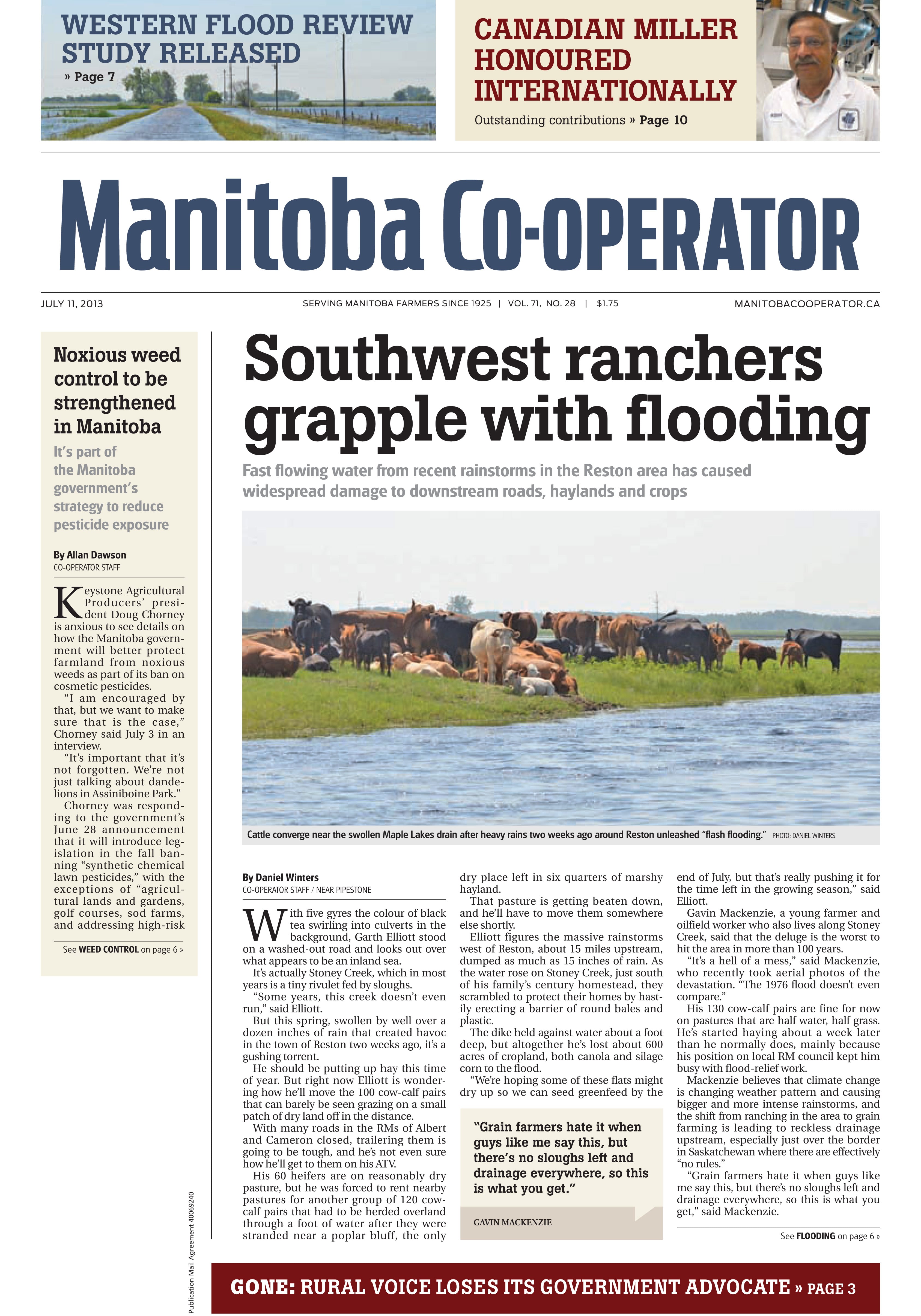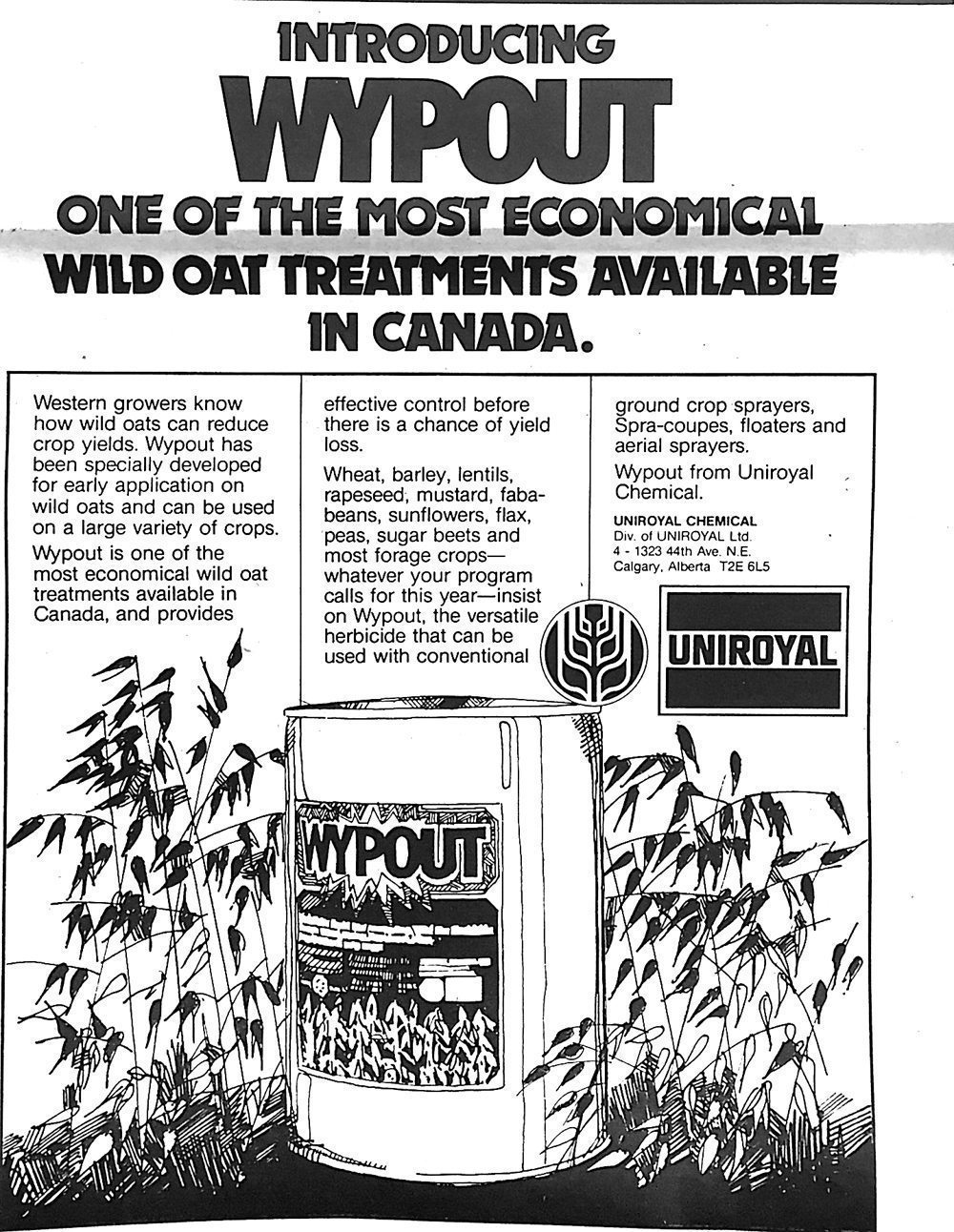This image of a flooded field near Eddystone appeared in our Sept. 18, 2008 issue. Hayfields in the Interlake were going unharvested after weeks of drenching rains, and the week before about 250 local producers had met to discuss ways of dealing with the impending feed shortage. The blow came just as the cattle industry was starting to recover from a series of setbacks starting with BSE and followed by trade disruptions and a rise in the value of the Canadian dollar.
Cattle producers were also unhappy about how their interests were being represented by Keystone Agricultural Producers, and the Manitoba Cattle Producers Association had announced withdrawal from the organization. Disagreements included KAP’s support for an earlier countervailing duty on U.S. corn and for the federal ethanol policy, both of which raised prices for Canadian feeders.
Read Also

Manitoba farm group a finalist for national water award
The Manitoba Forage and Grassland Association’s Aquanty Project for local hydrological modelling has earned them one of three finalist spots for a national award from Water Canada.
Pork producers also had concerns and had launched an ultimately unsuccessful attempt to stave off passage of the Manitoba legislature bill to impose a moratorium on hog barn construction. The Manitoba Pork Council proposed a policy which would restrict manure application to the level of phosphorus uptake by the following crop.
Grain producers were also feeling the effects of the year’s wet weather. The wheat board said it was planning a program to handle that year’s high-fusarium wheat crop, which was showing unusually high levels of the DON toxin.
Manitoba total hail claims were below average, but had jumped by 700 in the previous two weeks, but Saskatchewan was on track for record claims.















